Understanding how people engage with content to drive participation for the BBC
The BBC approached System Concepts to explore the many ways users participate with content available publicly online, as well as how they participate ...
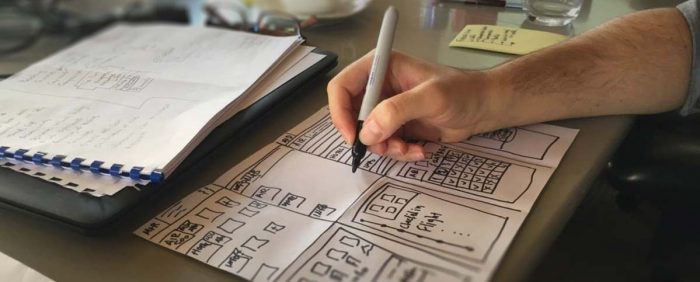
When Amadeus, the leading IT solution supplier to the global travel industry, was looking to rapidly take a new business concept to market, we created and facilitated a design sprint to get them off to a flying start.
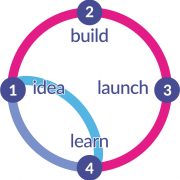 The challenge
The challengeIt’s critical for large organisations to be able to explore the viability and commercial potential of new ideas and opportunities. Our client team had been asked to identify opportunities for leisure customers – and speed of progress was paramount. The process was to involve an extensive group of people, including several digital product designers, so this time investment further raised the stakes of the project: it was vital to deliver results.
To enable Amadeus to do this, we were commissioned to create and facilitate a design sprint at the Amadeus R&D centre in France.
A design sprint is a time-constrained process for answering critical business questions through design, prototyping, and testing ideas with customers. It has been described as a ‘greatest hits’ of business strategy, innovation, behaviour science, design thinking and more, and enables you to get from an initial business idea, to testing it with users, in a matter of days.
Day 1: Map
On the first day we laid the foundations, mapping out the challenge and our objectives. Participants shared updates and user insights from different areas of the business, then we used various ideation techniques to tease out key opportunities and challenges. Assumptions and goals were established, along with journey mapping to identify focus areas.

The second day was all about inspiring participants, and focusing on solutions. Following a review of the previous day’s ideation work, core design principles were considered, and we used sketching techniques and ideation development to flesh-out potential approaches.
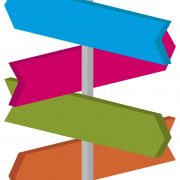
With lots of alternative solutions, day 3 was about agreeing and committing to the best way forward. We created a gallery of all the sketch work, then reviewed options and voted for our favourites. Then we created a storyboard and discussed customer scenarios, before creating the prototype plan.
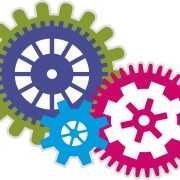
We worked on the prototype screen designs, culminating in a screen demo and roadmap presentation attended by senior managers. This ensured that they understood the urgency of the project, and secured important support. Next, we began preparatory work for user testing.
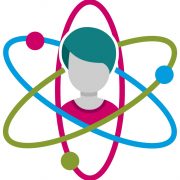
Due to the need on this project to recruit participants from across Europe, it was not feasible to run the user testing on the fifth day, as would typically happen in a design sprint. After a short gap to allow for recruitment, we completed the user testing.
One of the key challenges in running a design sprint is to keep the participants engaged and productive throughout, and our facilitation ensured that this was the case for Amadeus.
Amadeus’ UX Research Manager said, “When you ask people to be disruptive, very often they are not. But if you introduce them to unexpected approaches… you generate really new ideas. The attention was really there, and that was thanks to the good facilitation by System Concepts. The quality of System Concepts’ work is always excellent. They are very organised, very structured, very clear – and very flexible. And their reporting is always very high quality and objective.”
The BBC approached System Concepts to explore the many ways users participate with content available publicly online, as well as how they participate ...
A corporate travel company approached System Concepts to support the development of their brand-new travel management platform. Their aim was to ...
Our client wanted to better understand a sub-set of vulnerable customers, to build empathy and identify the crucial user needs to consider for this ...